An international research team led by the Hong Kong University of Science and Technology (HKUST) has developed an artificial intelligence (AI)-based model that uses genetic information to predict an individual’s risk of developing Alzheimer’s disease (AD) well before symptoms occur. This groundbreaking study paves the way for using deep learning methods to predict the risks of diseases and uncover their molecular mechanisms; this could revolutionize the diagnosis of, interventions for, and clinical research on AD and other common diseases such as cardiovascular diseases.

To discover and thoroughly demonstrate the newly identified noncanonical cleavage mechanism, the Hong Kong University of Science and Technology (HKUST) research team, led by Prof. Tuan Anh Nguyen, Assistant Professor of the Division of Life Science, used several sophisticated techniques, such as miRNA sequencing, pri-miRNA structure analysis, and high-throughput pri-miRNA cleavage assays for approximately 260,000 pri-miRNA sequences. In contrast to the canonical mechanism, the noncanonical mechanism does not rely on several essential protein and RNA elements required for the canonical mechanism.
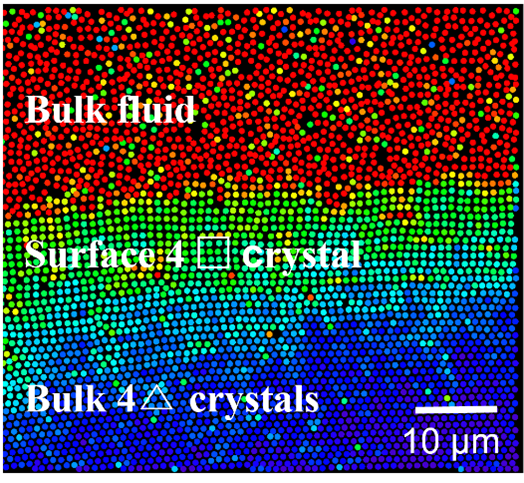
Ice surfaces have a thin layer of water below its melting temperature of 0℃. Such premelting phenomenon is important for skating and snowflake growth. Similarly, liquid often crystallizes into a thin layer of crystal on a flat substrate before reaching its freezing temperature, i.e. prefreezing. The thickness of the surface layer usually increases and diverges as approaching the phase transition (such as melting and freezing) temperature. Besides premelting and prefreezing, whether similar surface phenomenon exists as a precursor of a phase transition has rarely been explored.
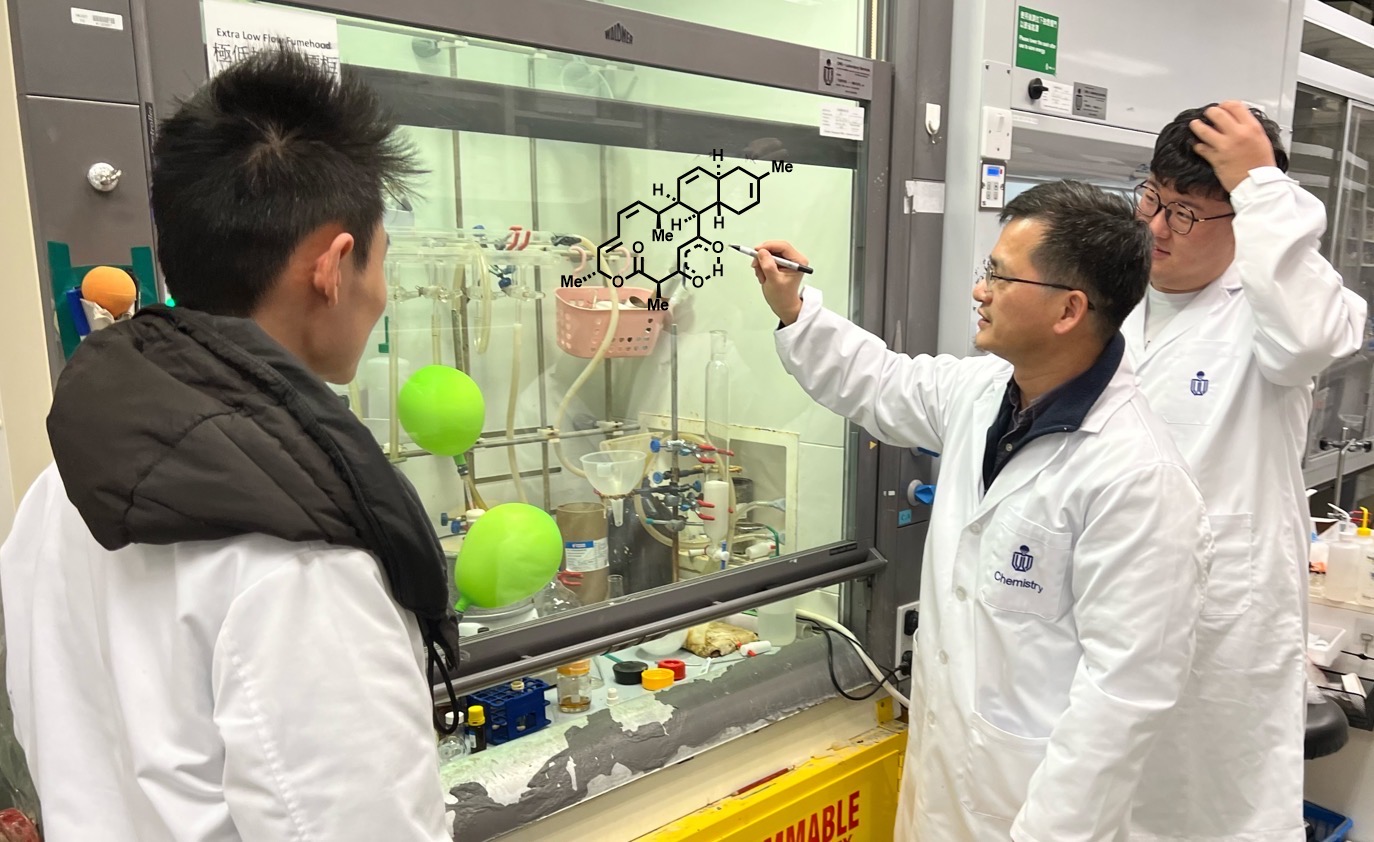
A research team from the Hong Kong University of Science and Technology (HKUST) has developed the world’s most productive...
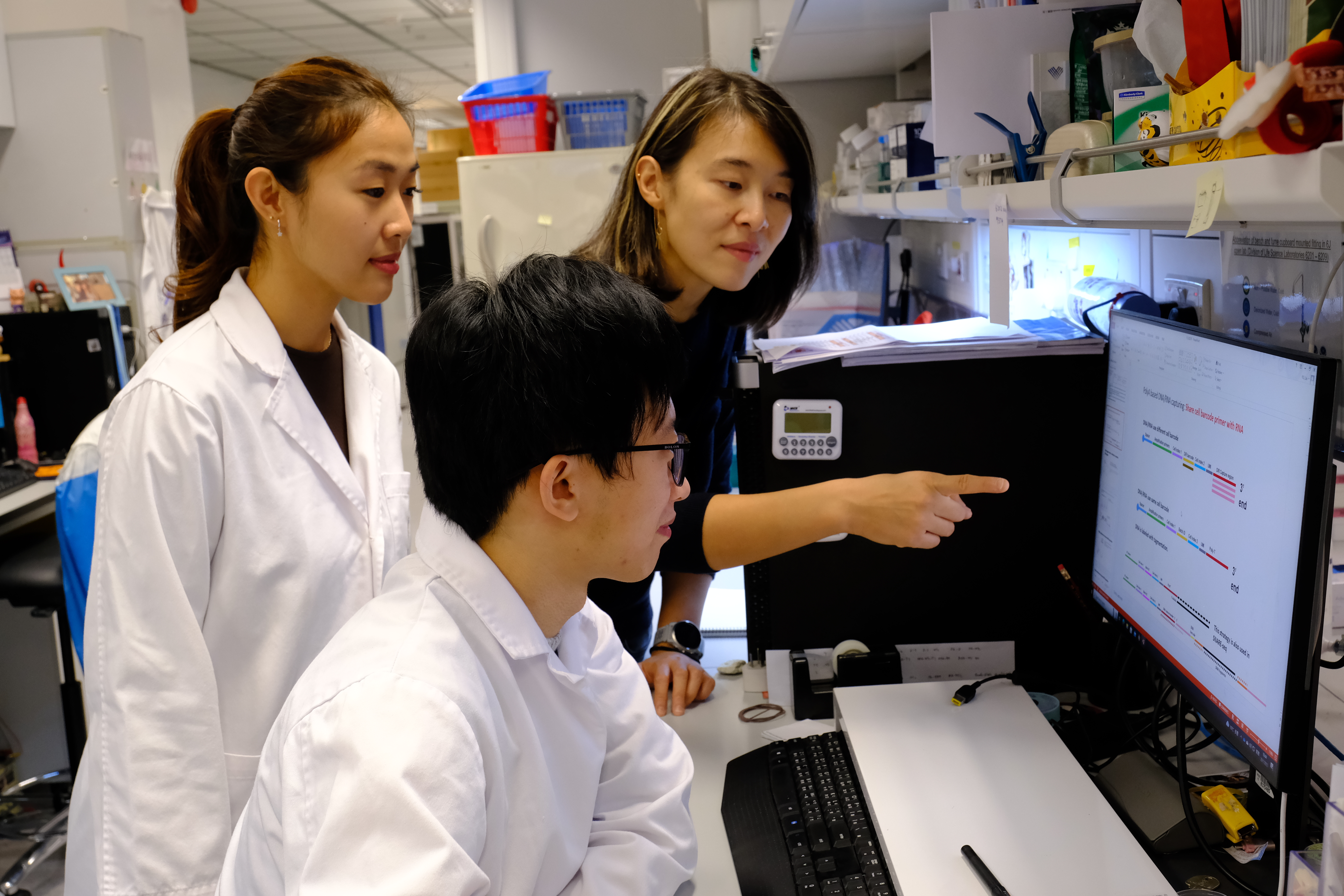
Researchers at the Hong Kong University of Science and Technology (HKUST) developed a novel technology which allows genomic DNA and RNA sequencing to be carried out simultaneously in single cells of both frozen and fresh tissues, and identified rare brain tumor cell "spies" disguised as normal cells with this method. This breakthrough facilitates cancer research for some of the most complex and rare tumors, opening new directions for drug target discovery in the future.

The study of microRNAs (miRNAs), small RNAs that play important roles in gene regulation in animals and humans alike, have long been a topic of interest to many. How these miRNAs control and regulate gene expression, a subject of great importance in biology and medicine, is often believed to hold the keys to providing effective cures, or strategies, to different phenomenon and symptoms, such as cancer, a result of cell mutations.

In April to May 2019, the coral reefs near the French Polynesian island of Moorea in the central South Pacific Ocean suffered severe and prolonged thermal bleaching. The catastrophe occurred despite the absence of El Niño conditions that year, intriguing ocean scientists around the world.
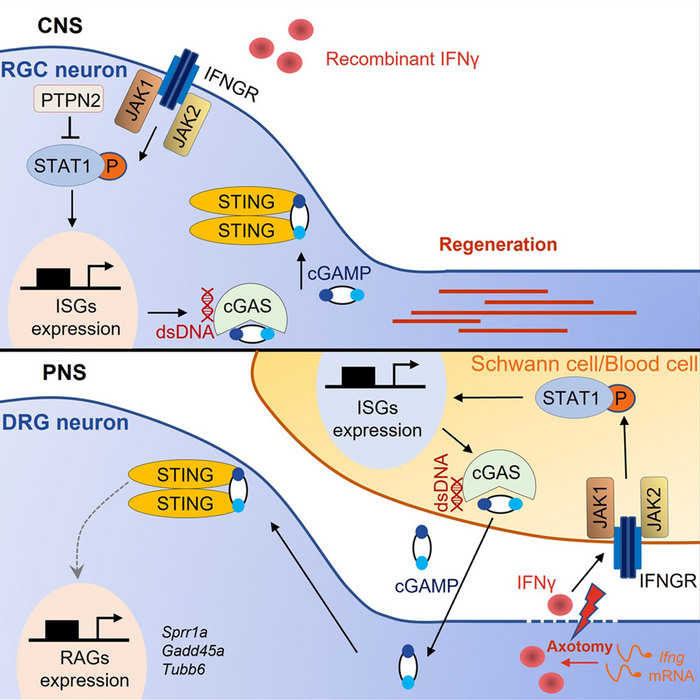
Damages to the central nervous system (CNS), for example in the case of spinal cord injury, can result in permanent loss of sensory and motor function. It is because the severed axons are unable to regenerate. As of today, there are very limited options to help these patients regain their motor abilities. Scientists have been exploring ways to enable the regeneration of severed axons, with a view to developing viable treatments in the long term.
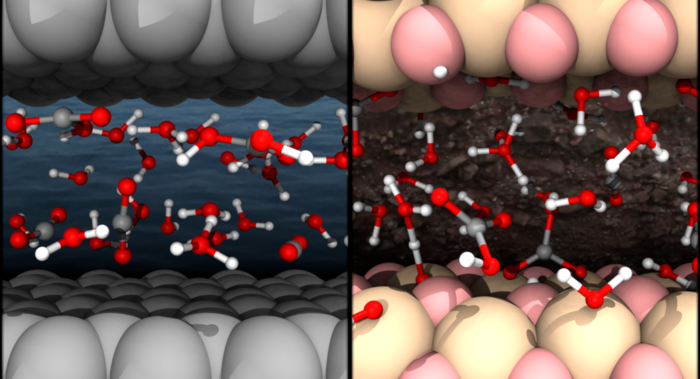
CO2 in the deep Earth may be more active than previously thought and may have played a bigger role in climate change than scientists knew before, according to a study by the Hong Kong University of Science and Technology (HKUST).

Aging, and the struggle against it, has long been a popular theme in classic and modern literature in human history. From the ill-fated Qin Shi Huang’s expedition to the sea searching for eternal life to Count Dracula’s popularity in the West, aging is a mystery that has captured the world's imagination for thousands of years and yet remains unsolved.